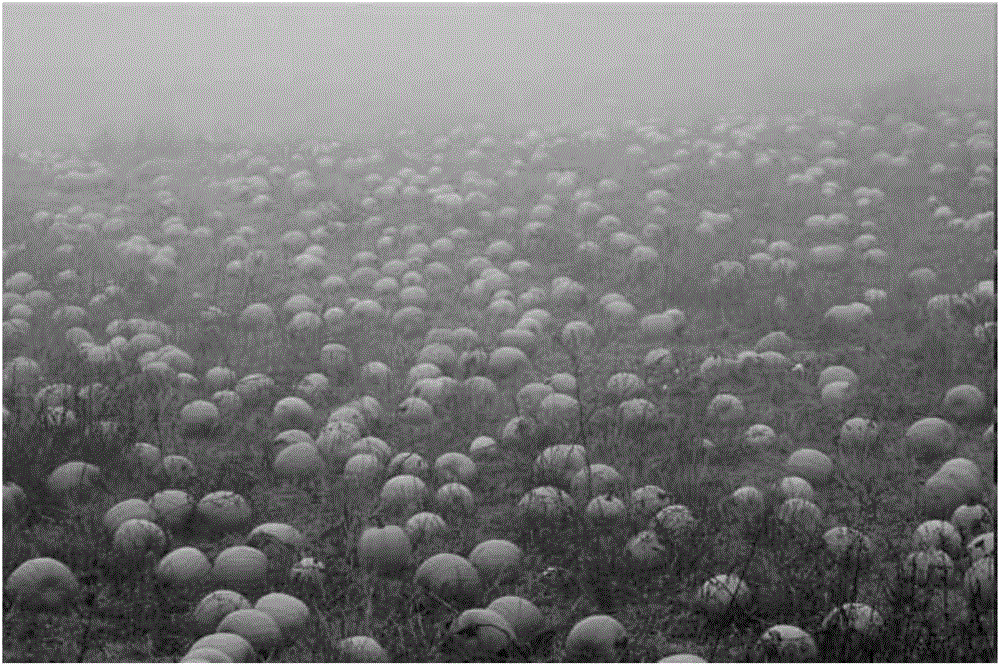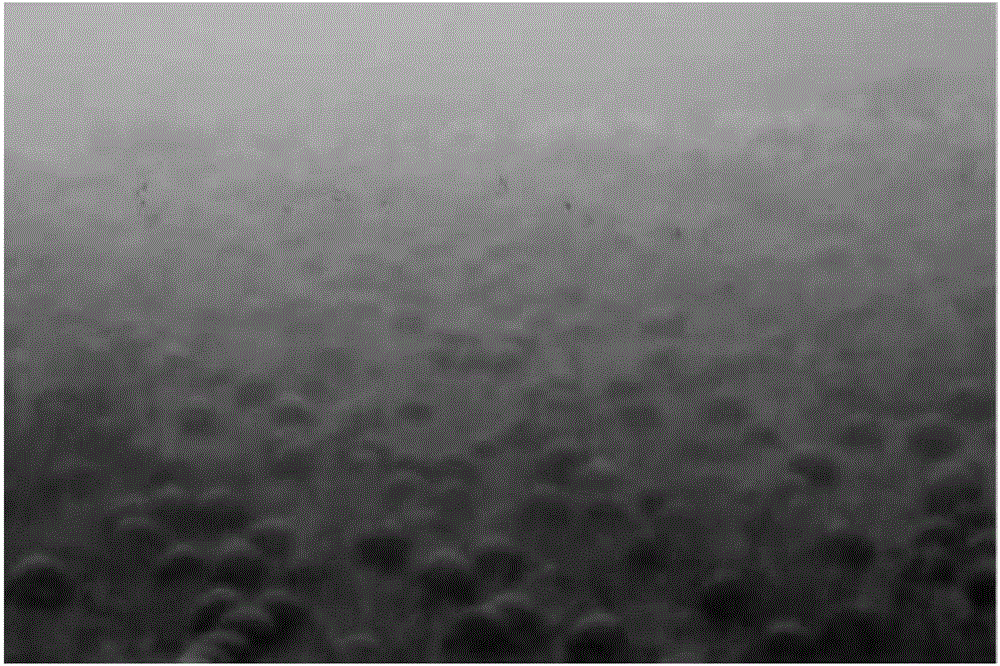Road video defogging method based on dichromatic reflection model and bilateral filtering
A dual-color reflection model and bilateral filtering technology, applied in the field of image processing, can solve problems such as image blurring, and achieve the effects of fast dehazing speed, improved dehazing effect, and shortened dehazing time.
- Summary
- Abstract
- Description
- Claims
- Application Information
AI Technical Summary
Problems solved by technology
Method used
Image
Examples
specific Embodiment approach 1
[0056] A road video dehazing method based on a two-color reflection model and a bilateral filter, including the following steps:
[0057] Step 1, for the video of the road, determine whether the image in the video is in a foggy state;
[0058] Step 2. For the image in the fog state in the video, use the physical defogging model to determine the required parameters;
[0059] I(x)=J(x)t(x)+A(1-t(x))
[0060]
[0061] Among them, I(x) represents the pixel of the hazy image that needs to be dehazed; J(x) represents the pixel of the restored haze-free image; t(x) is the transmittance; A is the global atmospheric light component; The known condition is I(x), which requires the target value J(x); obviously, this is an equation with infinite solutions, so the parameters that need to be estimated are t(x) and A, so as to obtain a unique solution;
[0062] Step 3. For the image in the foggy state in the video, combine the two-color reflection model and the bilateral filter to find th...
specific Embodiment approach 2
[0066] The process of determining whether the image in the video is in a foggy state described in step 1 of the present embodiment includes the following steps:
[0067] Step 1.1, the video is divided into a frame of continuous images, then the images are mapped to the HSV color space, HSV represents hue, saturation and lightness; the color of the fog itself is white, if there is fog in the image, it will The saturation of the image is reduced, while the brightness is increased; if there is no fog in the image, the saturation in the image is large, but the brightness is small; according to the characteristics of the above fog, it can be detected whether there is fog in the image, so that Further defogging;
[0068] Step 1.2, counting the percentage of the number of pixels whose difference between V and S of each frame image is greater than 0 in the total pixels of the image; when the percentage is greater than the threshold, it means that there is fog in the image; otherwise, ...
specific Embodiment approach 3
[0075] The specific process of step 3 of the present embodiment includes the following steps:
[0076] The formula for the two-color reflection model is as follows:
[0077]
[0078]
[0079]
[0080]
[0081] Among them, I c is a foggy color image that needs to be dehazed; is the color diffuse reflection image; I S is the specular reflection image, corresponding to the image of the fog part; σ c Is the chromaticity, which is related to the color of the pixel; I c D is the diffuse reflection image corresponding to the r, g, and b channels;
[0082] Λc is diffuse reflection chromaticity; Λ max is the maximum value of the diffuse reflection chromaticity on the three channels of r, g, and b, that is, Λ max =maxΛc, because the diffuse reflection chromaticity cannot be obtained, so it is necessary to use the approximate diffuse reflection chromaticity λ c The maximum value λ on the three channels r, g, b max To estimate the maximum value Λ of the diffuse emiss...
PUM
 Login to View More
Login to View More Abstract
Description
Claims
Application Information
 Login to View More
Login to View More - R&D
- Intellectual Property
- Life Sciences
- Materials
- Tech Scout
- Unparalleled Data Quality
- Higher Quality Content
- 60% Fewer Hallucinations
Browse by: Latest US Patents, China's latest patents, Technical Efficacy Thesaurus, Application Domain, Technology Topic, Popular Technical Reports.
© 2025 PatSnap. All rights reserved.Legal|Privacy policy|Modern Slavery Act Transparency Statement|Sitemap|About US| Contact US: help@patsnap.com



